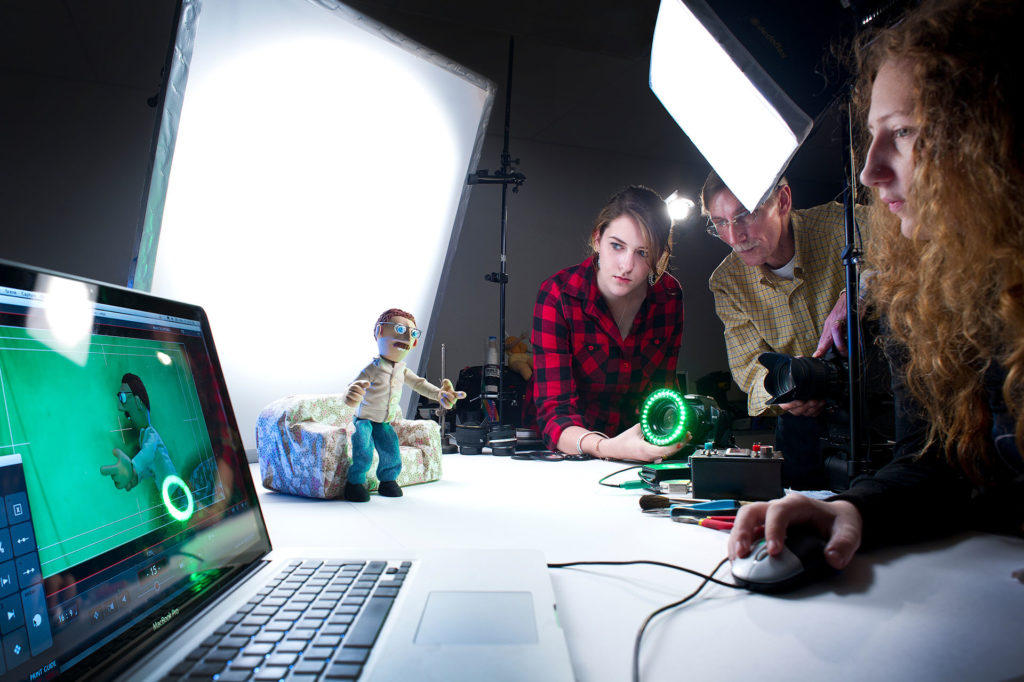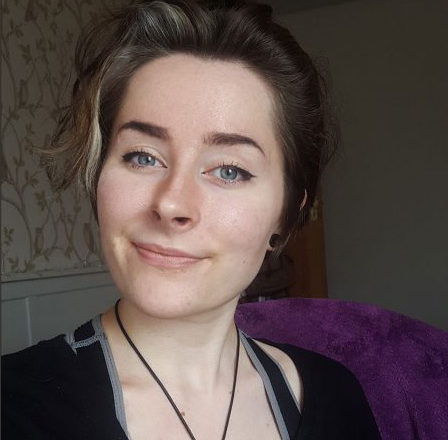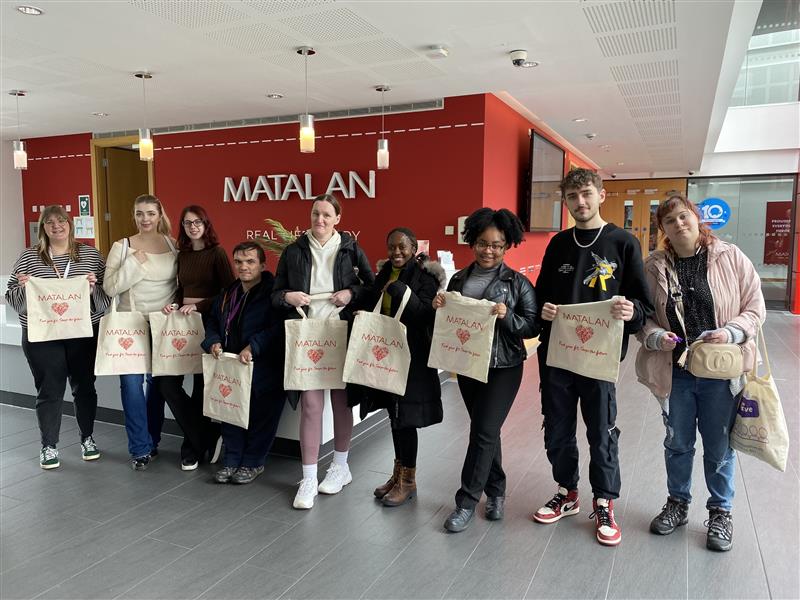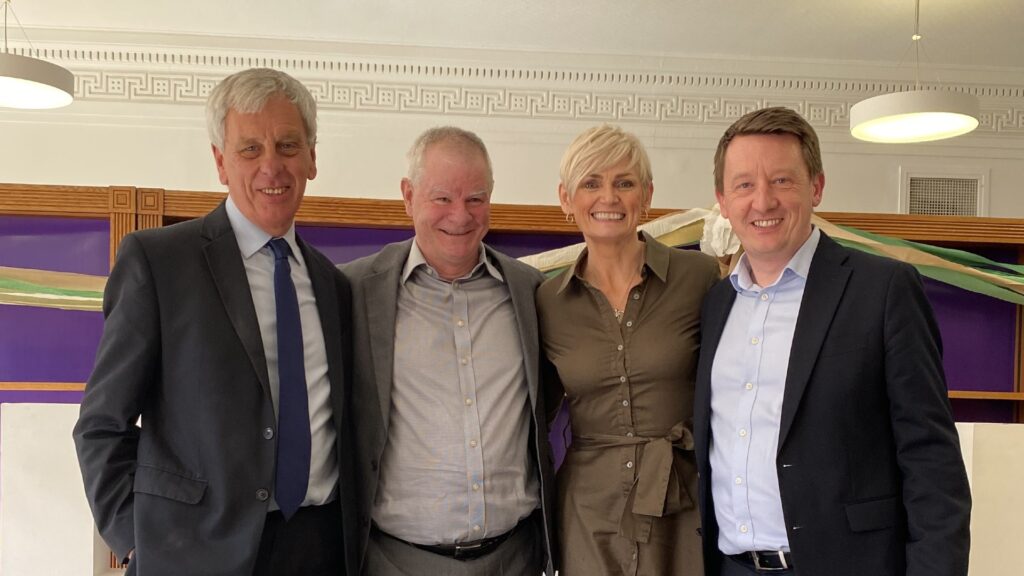Nick Park, creator of Wallace and Gromit, started his first animation, A Grand Day Out, in 1982. In 1983 he secured the services of Peter Sallis to voice Wallace, for a reported £50. Six years later, on hearing from Park that he was about to release his film, Sallis’ only response was to swear. Our Animation degree teaches you how to animate the old fashioned way, while introducing you to the technology that will allow you to reach the finishing line a little quicker than Nick Park’s early efforts. You may still feel the need to swear, though. We asked the team to talk us through some of the techniques taught on the course – and widely used in the industry.

Pixilation
Pixilation is stop-motion using the human figure as the puppet. For each frame the animator positions the human actor/puppet in the required pose and position, takes a photograph and then slightly moves the human actor/puppet to the next pose. The process requires careful manipulation of the character and a good understanding of timing and movement but when done well can produce wonderfully weird and surreal effects. Pixilation is a fantastic way to explore timing and pace for animation production, and provides opportunities to reimagine space and time within a story. Pixilation is often used to great effect in advertising – check out the Expedia advert from 2020. It’s very easy, but you do need patience and planning. In the making of The Secret Adventures of Tom Thumb (1993), Nick Upton (stop-motion and pixilation animator) was asked to play the main part in the film. It’s reported that the directors of the film felt that ‘ordinary’ actors did not have the stamina or patience to perform the role and resorted to animators instead.
Alex Jukes, Programme Leader
Stop-motion animation
“A technique predominantly using pre-made model characters and props that are then moved one frame at a time to create animation movement and bring them to life. While stop-motion has historically been associated with children’s programmes such as Bob the Builder, Pingu and The Clangers, its extensive use in major feature productions such as Chicken Run, A Grand Day Out, Corpse Bride, and Frankenweenie, has made the UK the key producer internationally in this specialist field of animation. “While UK stop-motion has a leading position in the international animation industry it increasingly sits alongside and integrates with CGI and 2D animation processes, in an increasingly multi-media production world. Stop-motion is a predominantly craft-based skill and therefore requires a good deal of eye/hand coordination and model-making skills, but with practice and commitment most people can develop the necessary skills to become adept and accomplished.”
Andrew Sugden, Senior Lecturer in Animation


Rotoscoping
“This technique goes right back to the start of animation and film-making. Famously in the making of the Koko the Clown series (1918-29) Max Fleischer (reported inventor of rotoscoping process) filmed his brother Dave in a clown costume. It requires you to draw around existing footage. Animation produced this way is via tracing and can be an exciting and expressive way to develop and rework found material. There’s some amazing rotoscope work produced for The Beatles, Yellow Submarine (1968) film – ‘Lucy in the Sky with Diamonds’ is a fantastic spectacle. The rotoscoping technique is fairly easy, and covers many bases in terms of learning animation, including working with line, colour, understanding movement and becoming familiar with animation software applications.”
Alex Jukes
3D CGI
“A technique synonymous with Toy Story or Jurassic Park. This form of animation requires working with polygons in a three-dimensional mathematical space. Originally Steven Spielberg was intending to use stop-motion for the dinosaur shots in Jurassic Park (1993) but changed his mind after seeing some CGI tests. 3D CGI has a strong foothold in the animation industry today but sits alongside and often integrates with 2D and stop-motion animation processes. 3D CGI skills are developed throughout the programme to complement and support a range of animation techniques. It can be quite hard to begin with but once you have a foundational knowledge things speed up dramatically.”
Alex Jukes
2D Animation
2D animation covers a wide range of film and tv production, and beyond, incorporating processes from traditional drawing approaches to the powerful contemporary digital production tools. 2D drawn animation has been around since the advent of film. In the early 20th Century audiences were both enchanted and intrigued by this new spectacle, and in 1914 animator Winsor McCay produced Gertie the Dinosaur in part to inform audiences of the process and the great potential of the art of animation. 2D animation techniques are developed across the programme modules supporting production skills. There are a broad range of skills with varying levels of challenge. With practice, you can quickly gain confidence over the more demanding techniques. Technology has provided continual re-invention, evolving potentials and applications for 2D animation and enabling greater integration with CGI, stop-motion and VFX practices. Obviously to master these techniques you need access to technical resources, which is why we’ve invested in kit that would make a young Nick Parks greener with envy than a neglected piece of Wallace’s beloved Wensleydale cheese. Training is built into the course. Kit includes 24” HD Cintiq Wacom Touch Monitors, premium industry hardware, state-of-the-art touch sensitive screens with sensitive digital drawing potentials, and industry standard software like Toon Boom Harmony Premium Storyboard Pro and the Adobe Creative Suite, which will enable you to bring a production from initial concept and planning through to completion for television or cinema.

“I love working in the animation labs. They’re really close to the accommodation and the 24-hour access is perfect if you can’t sleep and want to work on some ideas. The facilities are of a professional standard so you’re using exactly the same equipment that you’d use in the workplace. You would never have this kind of equipment at home as it’s far too expensive, so it’s amazing to have access to it every day. I’ve had the opportunity to try out lots of different techniques, including stopmotion, pixilation, rotoscoping, digital and 3D animation. It’s great that you get to test the waters to find your personal style and what you enjoy most. I’ve really liked experimenting with different techniques and have firmly settled into 2D animation. I enjoyed learning about the history of Disney as that kind of hand-drawn 2D animation is what I love to create.”
Caoimhe Rocks
Caoimhe secured an internship with a local animation studio, and with skills shortages in the UK animation industry, and a big public appetite for animated entertainment, now is a great time to plan your career in animation.
If you leave Edge Hill with an Animation degree, that’s certainly not all, folks.
May 10, 2022


